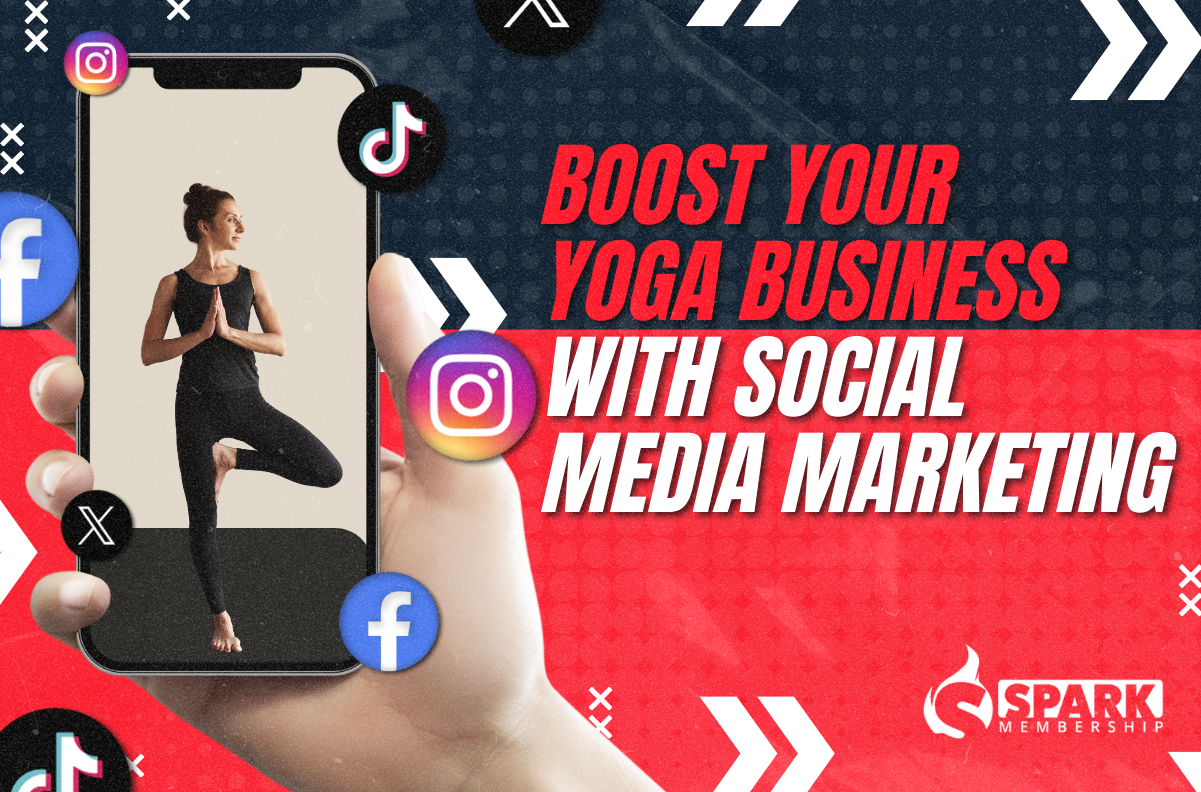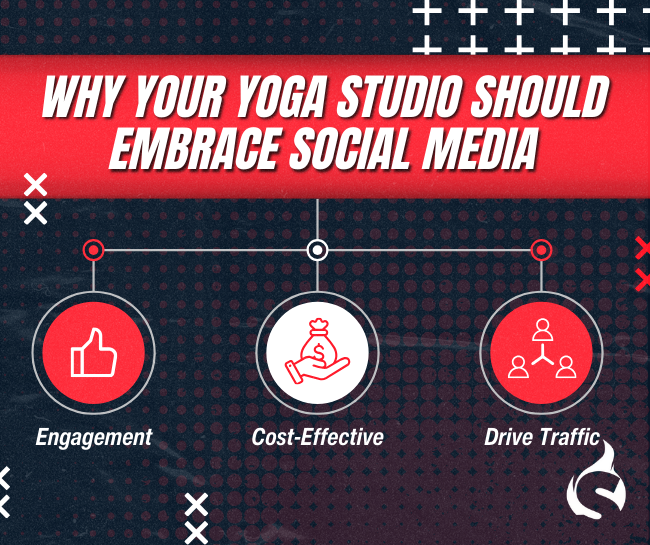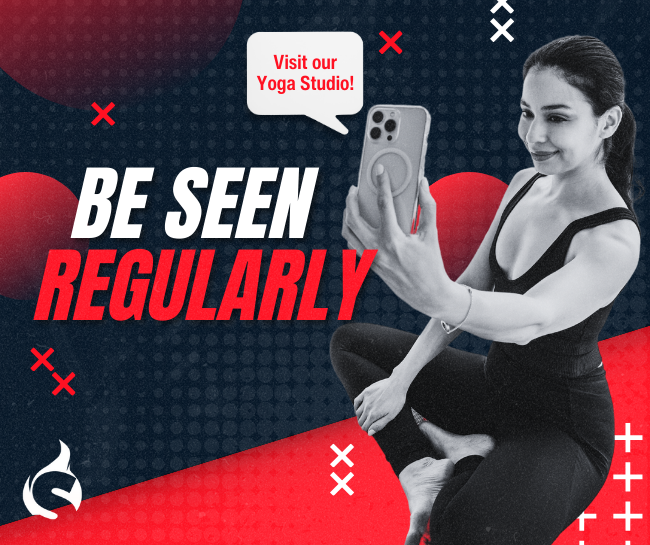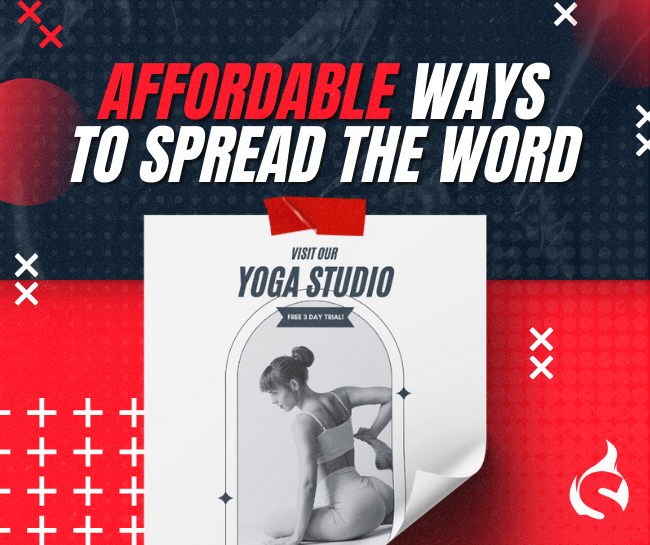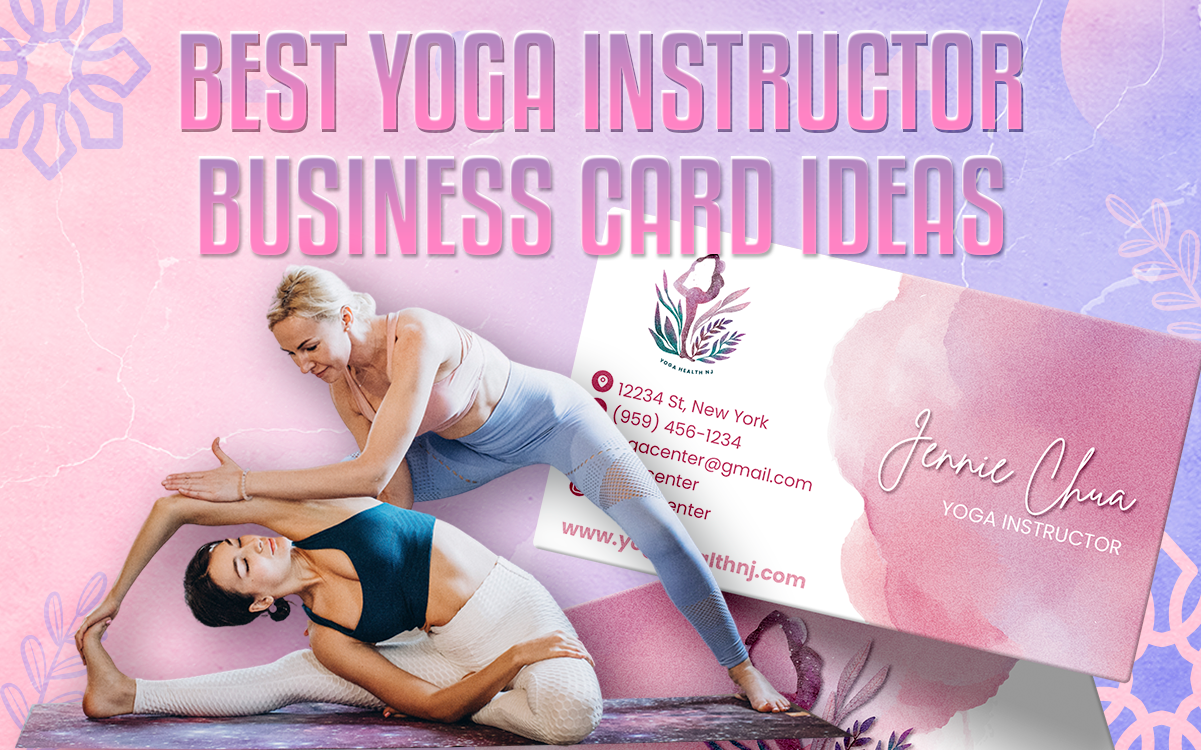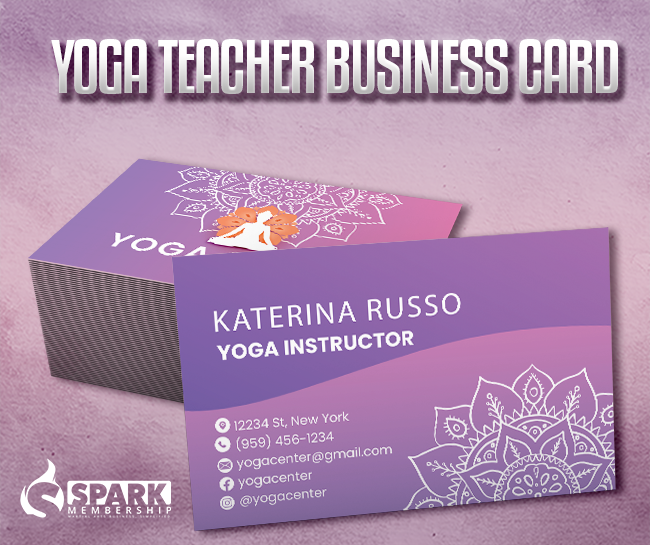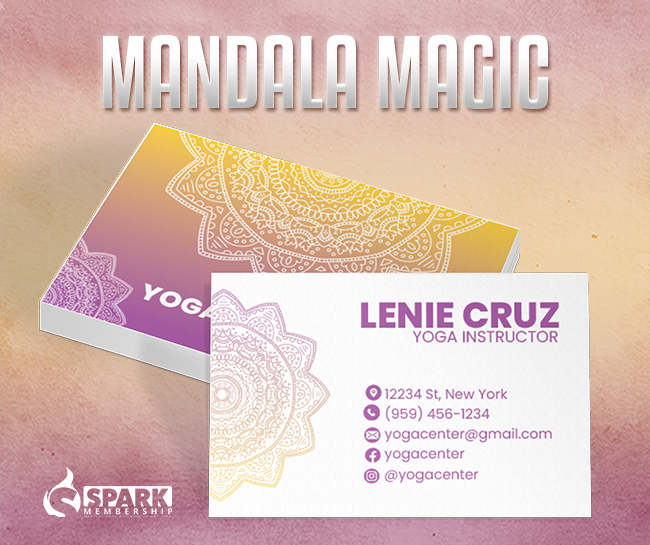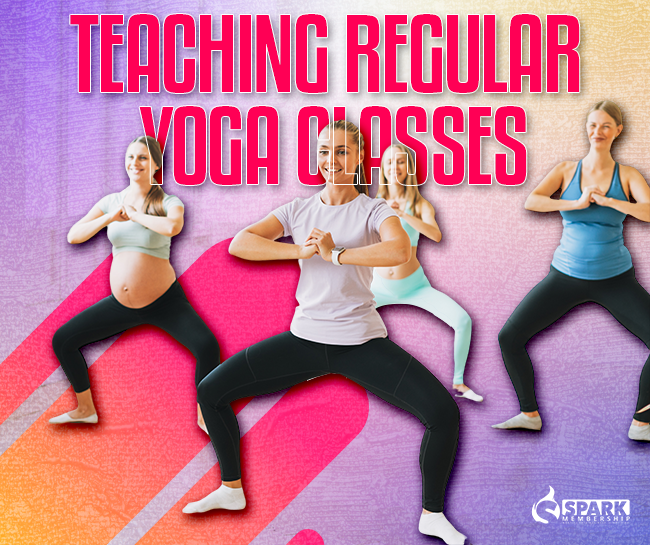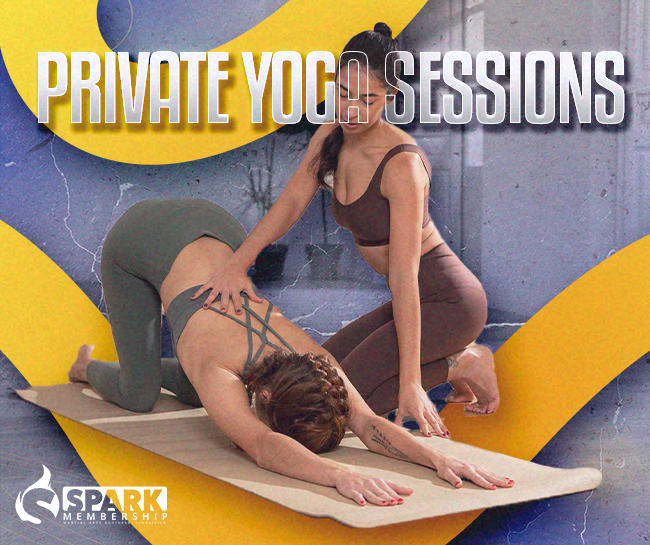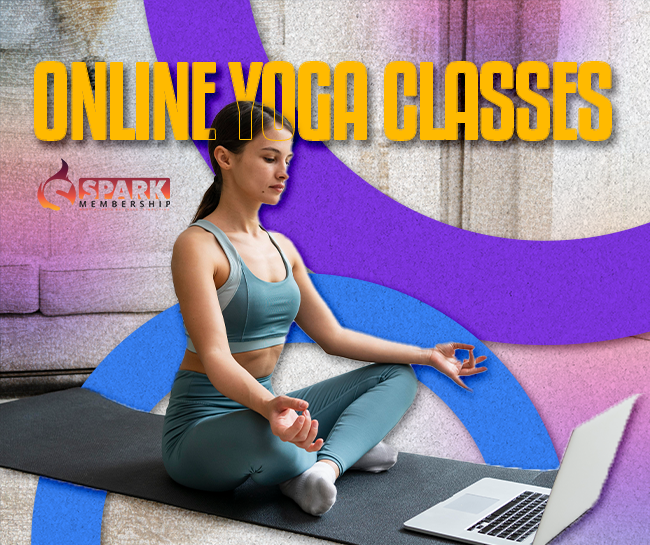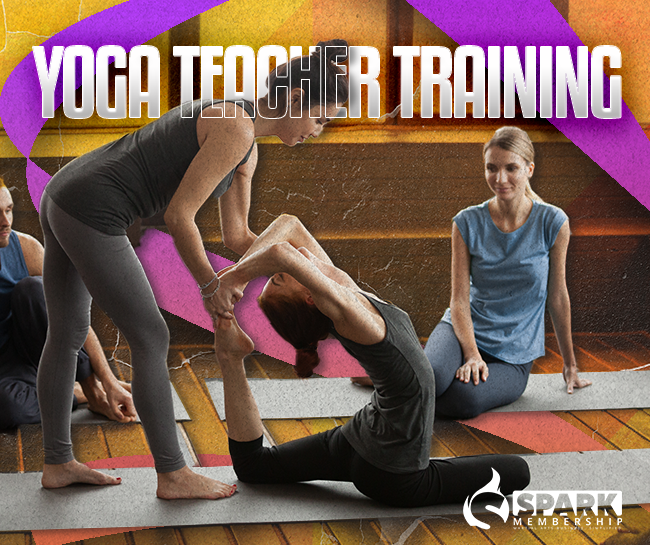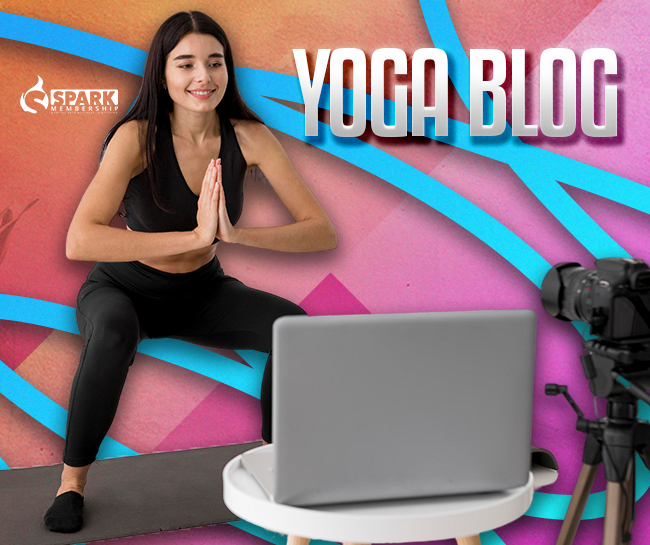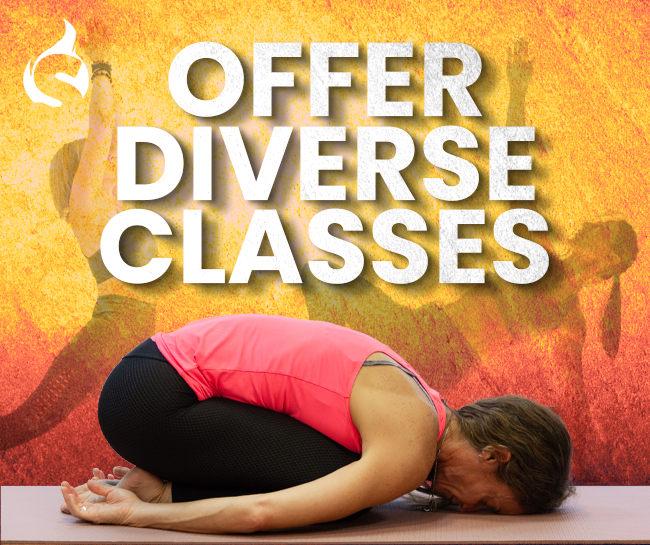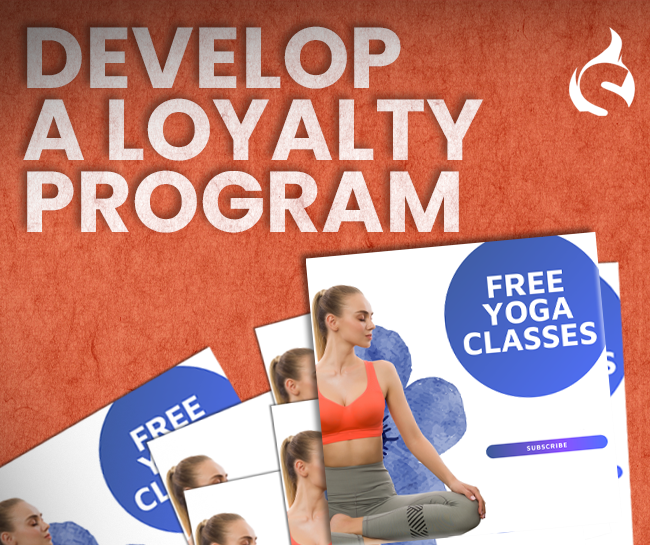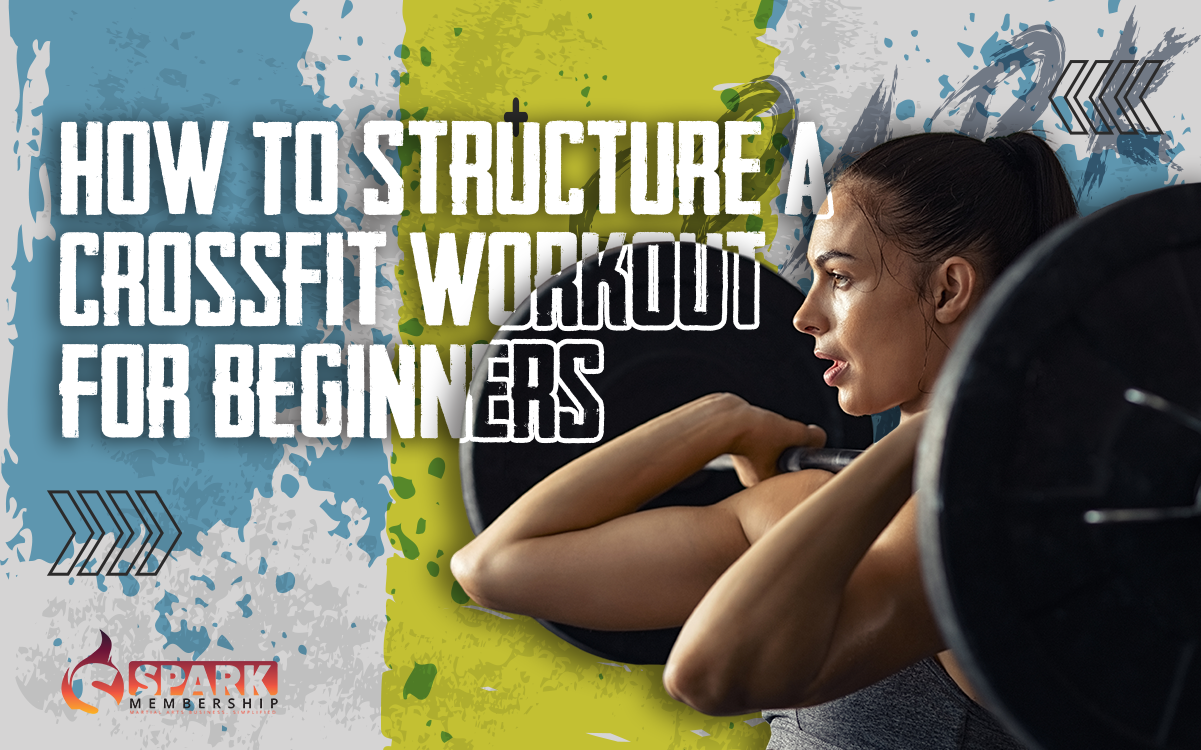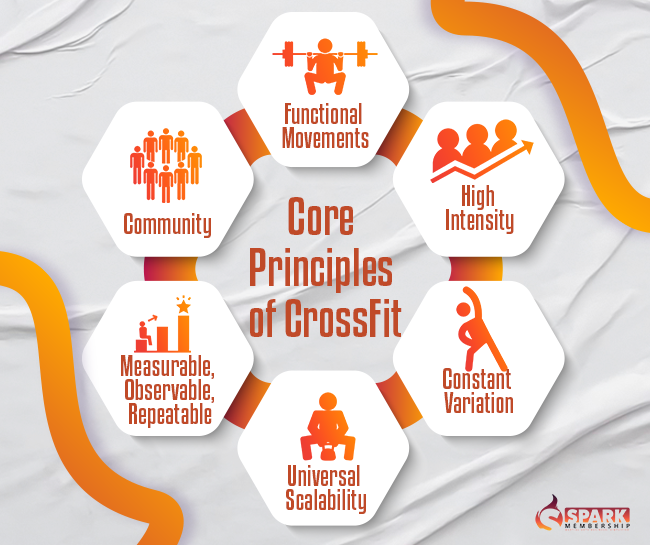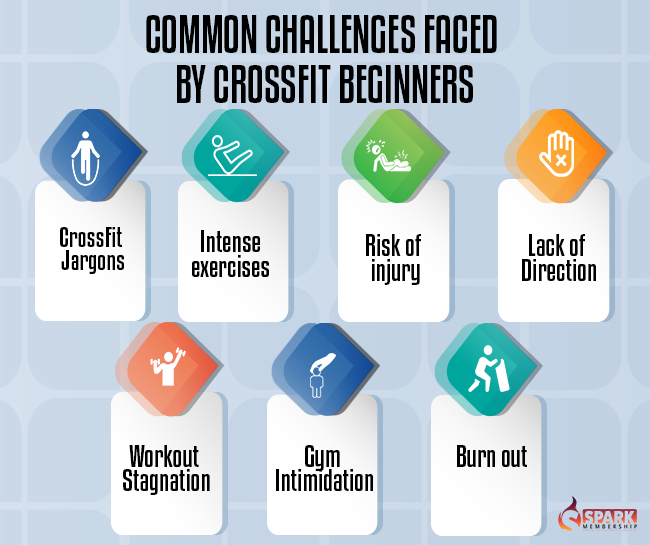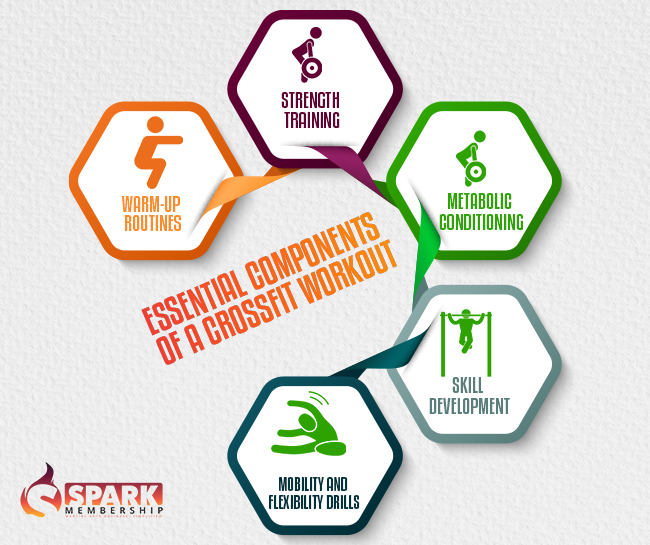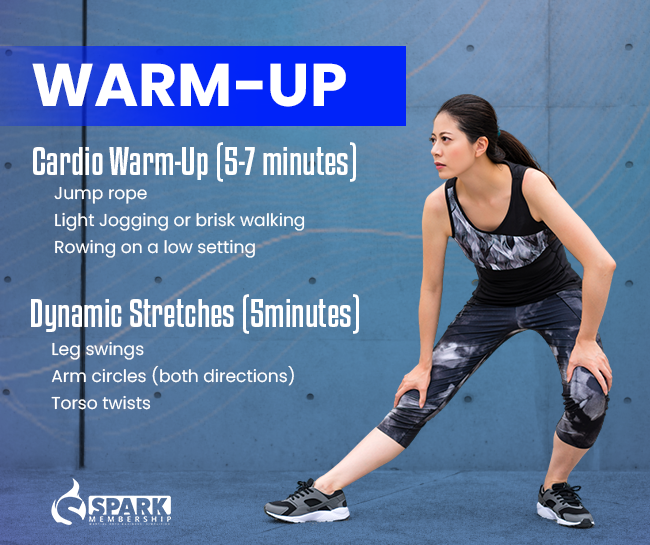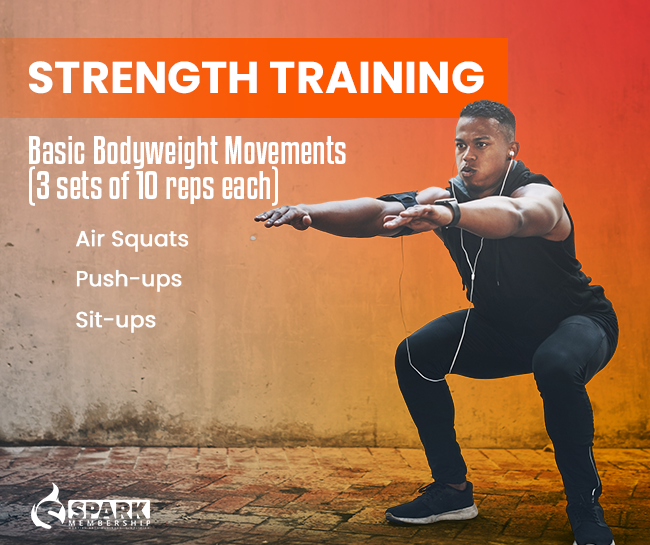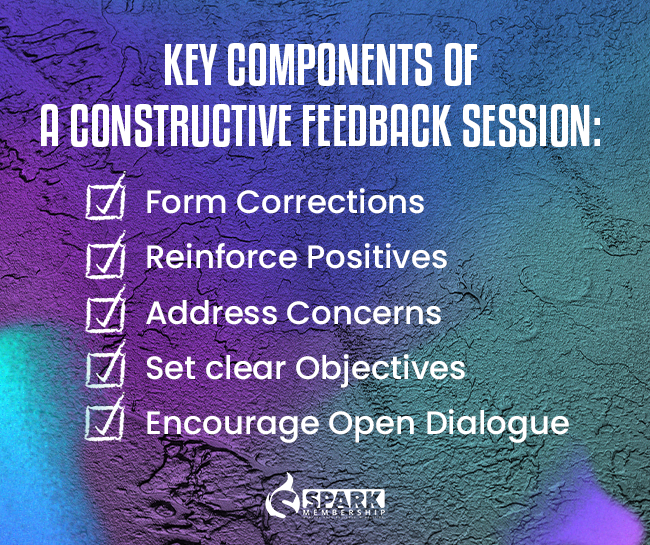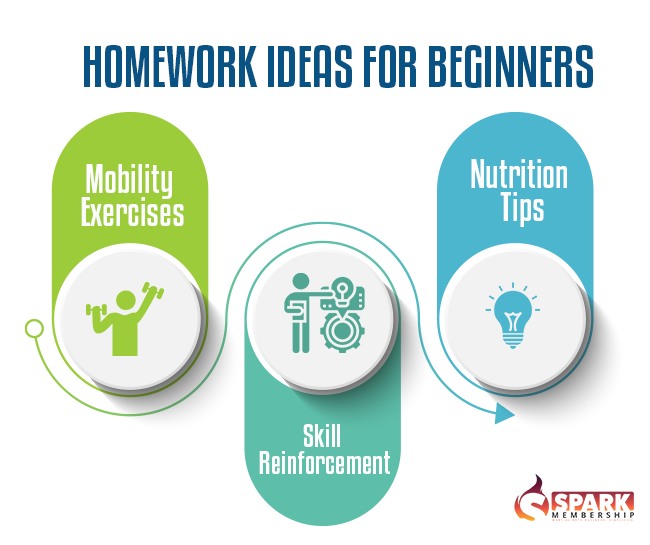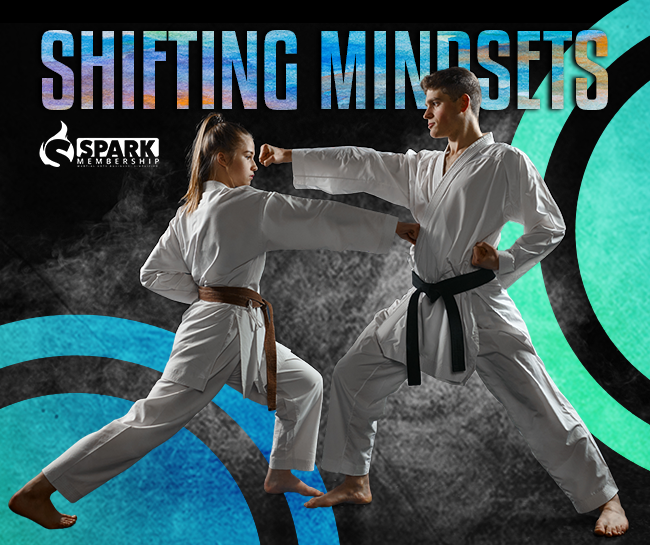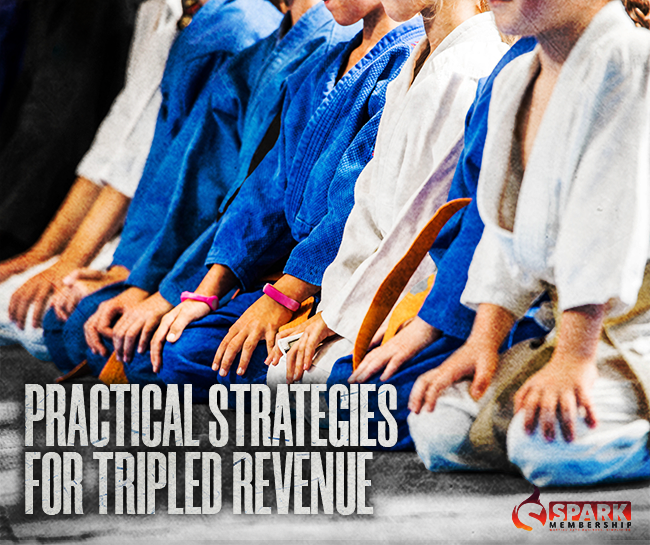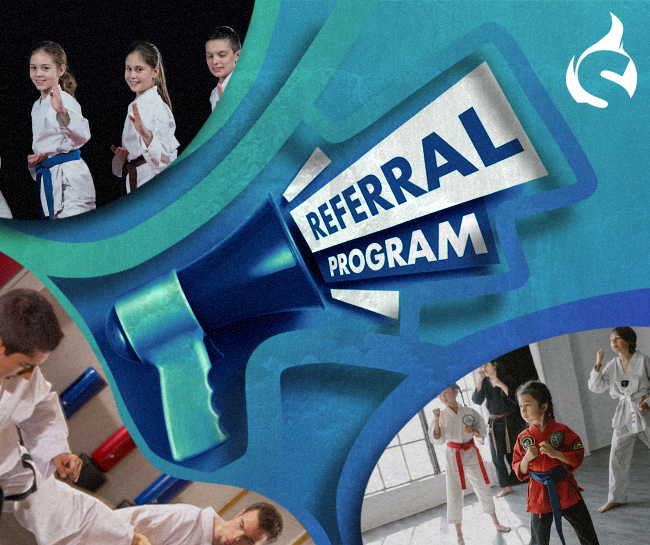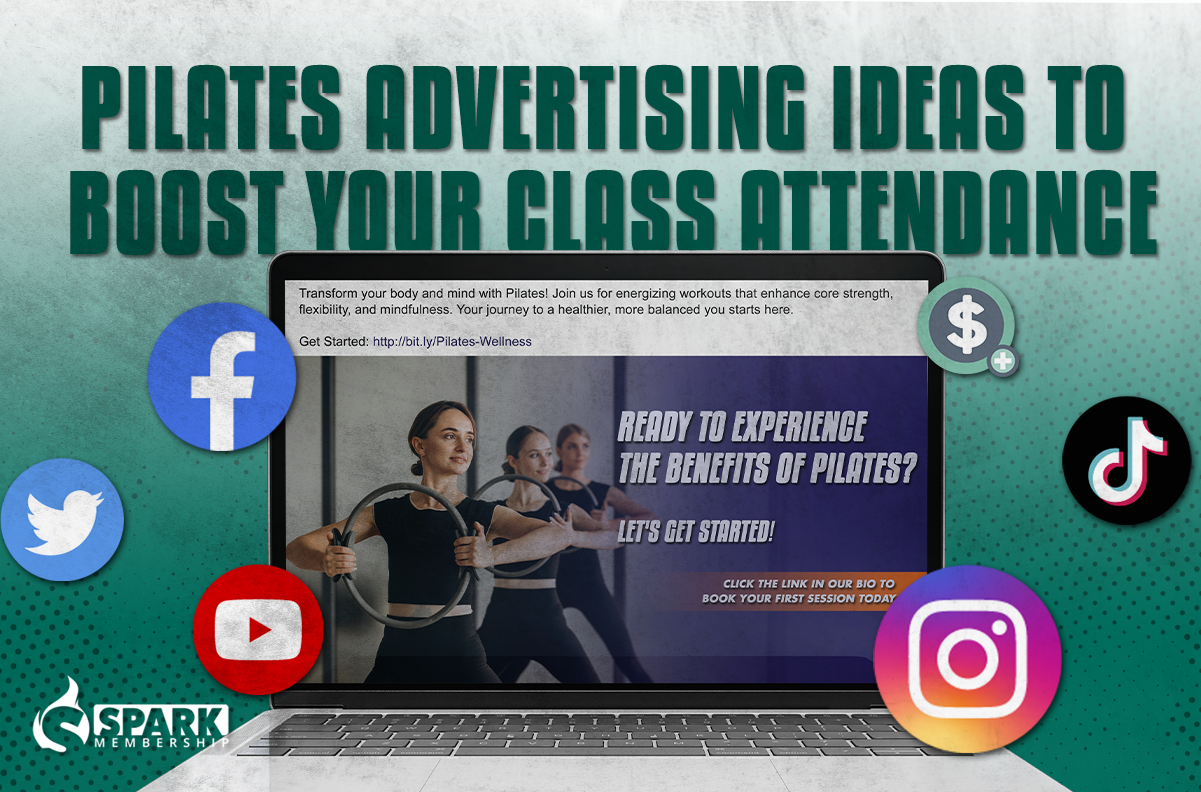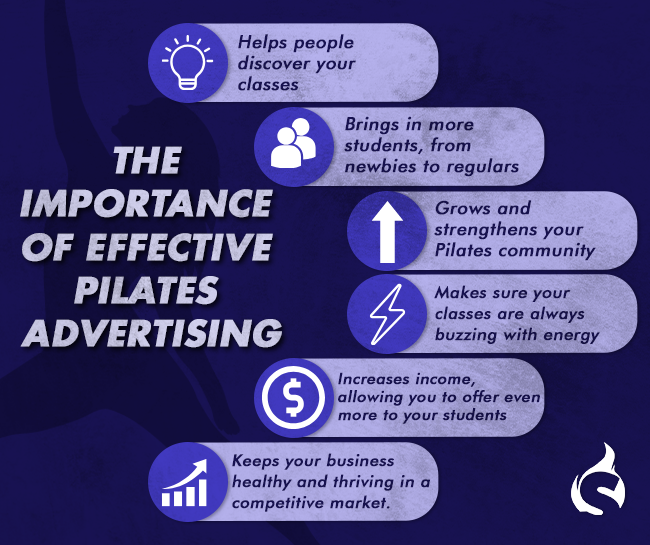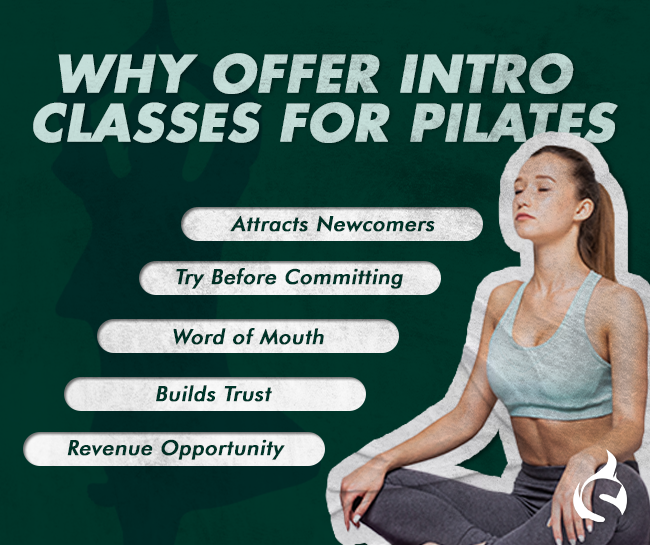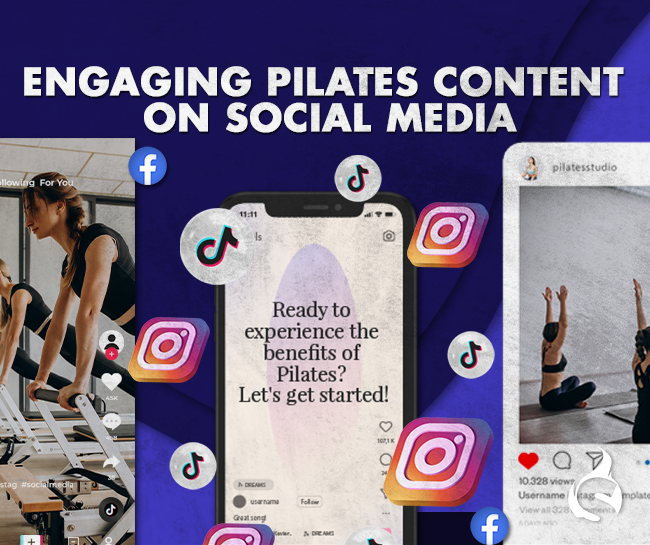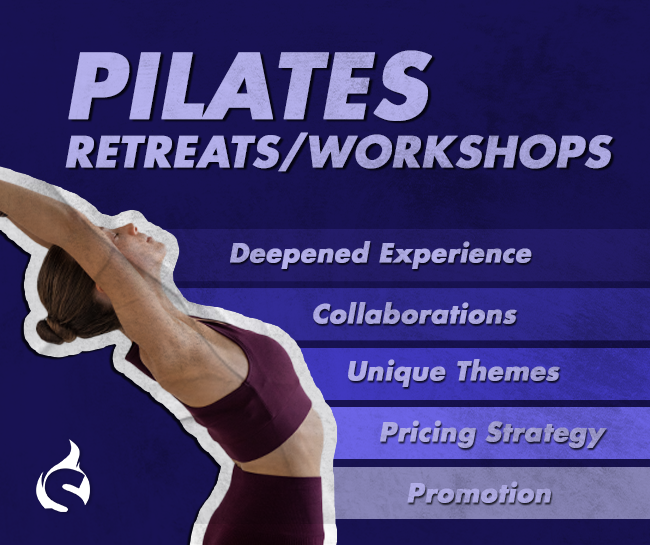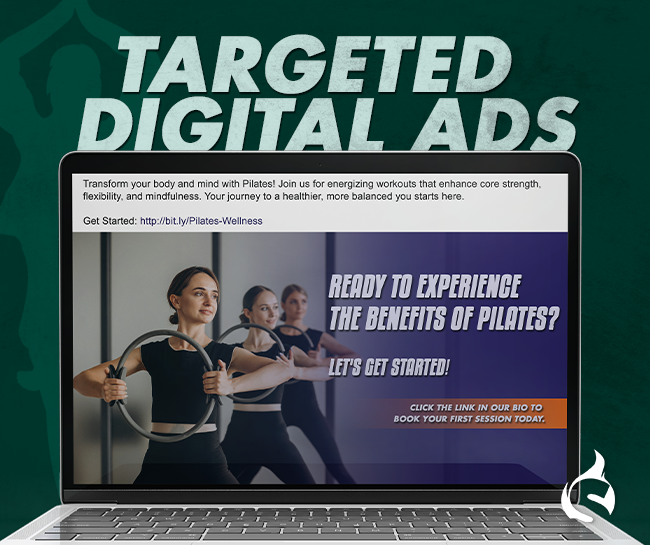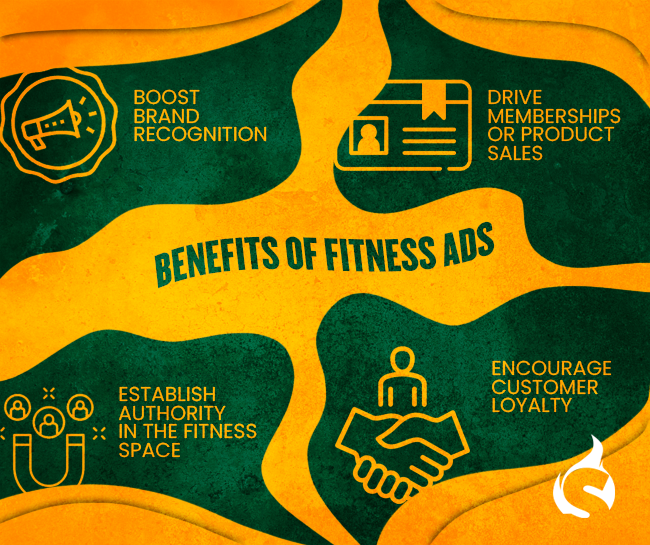
Are you running a martial arts school and looking to take it to the next level? Consider hiring a business coach tailored to martial arts schools. It’s not just big companies that get to have consultants — martial arts schools are in on the action too!
The Benefits of a Business Coach

Hiring a business coach can be a game-changer for your martial arts school. It’s not just about having an expert to guide you; it’s about transforming every aspect of your operation to achieve optimal performance and growth.
- Strategic Growth Planning: Develop a clear, actionable plan to attract more students and expand your school’s reach.
- Retention Mastery: Learn innovative ways to keep students engaged and enrolled longer, enhancing loyalty and community spirit.
- Staff Empowerment: Empower your staff with professional development, turning them into a team of dedicated, skilled professionals.
- Operational Efficiency: Streamline your school’s operations to save time and resources, allowing you to focus on what you love—teaching martial arts.
- Financial Foresight: Get expert advice on managing your finances better, ensuring your school stays profitable and sustainable.
- Vision Alignment: Align your business strategies with your personal vision for your school, creating a brand and experience that stands out.
💡By tapping into the expertise of a business coach, you’re not just investing in your school’s present—you’re paving the way for a thriving, future-proof martial arts legacy.
Why Your Martial Arts School Needs a Business Coach
A business coach can offer a wealth of advantages to your martial arts school. Breaking it down into digestible sections helps clarify why making this move could be one of your best decisions.
Save Time and Boost Efficiency

A business coach can enhance your martial arts school by optimizing operations for greater efficiency, teaching you delegation tactics to free up your time, and allowing you to concentrate on what you’re passionate about—martial arts instruction.
💡Streamlining operations means more time for teaching, attracting students, and growing your business.
Financial Growth and Savings
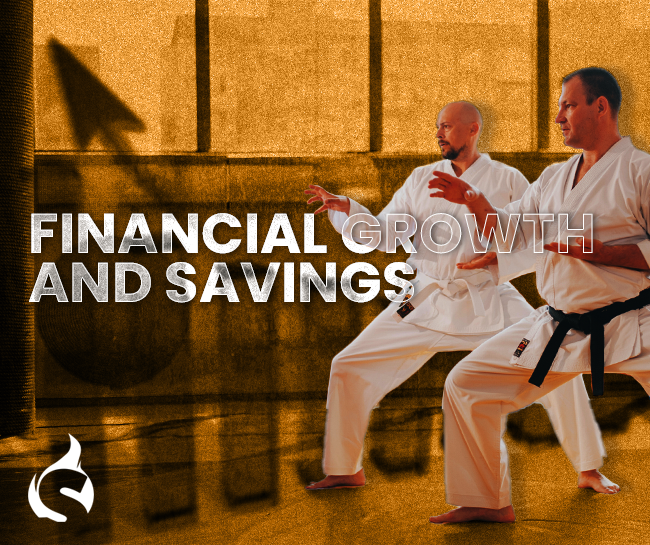
By introducing cost-effective strategies and innovative income-generating methods, a business coach can guide your martial arts school towards greater financial growth and sustainability without the need for a large managerial staff.
Tailored Expansion Plans

A business coach will craft a bespoke expansion strategy for your martial arts school that aligns with market trends and your unique position, ensuring your growth is both strategic and adaptable.
Leadership and Community Building

With a business coach’s guidance, you can enhance your leadership capabilities, fostering a robust team environment and cultivating a school community that attracts and retains students.
💡 Lead by example, foster community support, communicate clearly, set goals, embrace continuous improvement, stay adaptable, and celebrate successes for martial arts school success.
Realize Your Business Dreams

A business coach aids in transforming the vision of your ideal martial arts school into tangible reality, providing a strategic roadmap for long-term achievement and success.
Choosing the Right Coach

When selecting the right business coach for your martial arts school, considering various factors ensures you partner with someone who can truly elevate your business. Here’s what to keep in mind:
- Martial Arts Industry Success: Prioritize a coach with a proven track record and deep expertise specifically within the martial arts sector.
- Alignment with Your Vision: Ensure the coach’s philosophy and strategic approach are in harmony with your school’s long-term goals and values.
- Customized Coaching: Look for a coach who offers tailored advice and strategies, addressing the unique aspects of your business.
- Availability and Communication: Choose a coach who is readily available for consultations and is a clear and effective communicator.
- Value for Investment: Consider the coach’s fees in relation to the tangible value they offer, focusing on long-term growth and sustainability for your school.
Selecting a business coach based on these essential criteria will help ensure that their involvement is a catalyst for substantial progress and success in your martial arts school.
Discover the keys to hiring the best martial arts instructors and elevate your school’s experience! Dive into our blog on “Essential Questions for Interviewing Martial Arts Instructors” now. Your next star instructor awaits—read and hire wisely!
Also, simplify admin, effortlessly manage memberships, and enhance your school’s journey with Spark Membership Software. Experience the difference—try it today!
